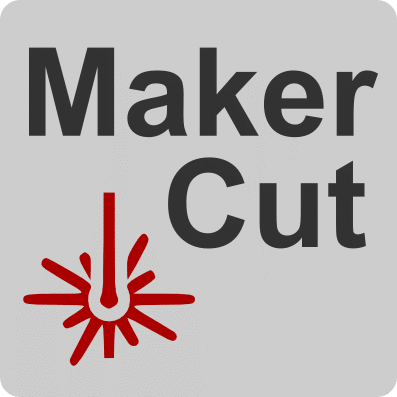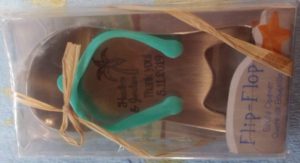4 things to remember
What to make? This question is like asking what an author should put on a blank page. While this seems like an ambiguous answer, the truth is what ever you can imagine. There are people making all types of products on laser cutters/engravers or 3D printers. Boxes, wall hangers, pet accessories, and jewelry are all being made and sold every day. It is a dream come true! The dollars will just flow in!
Well, no. It is true that there are people who make a product that people just cannot live without, but that is not common place. Places like Etsy and Pinterest have many items that will never make any profit even though they are selling. Why? The limited quantities and cost of manufacturing are higher than accounted for and the retail price is not high enough. Many people forget several things when they start making a product with the cost of time being at the top of the list. So, let's go over the list that you need to take into account when starting to product products.
1. Time – This is the most overlooked variable in a product. Even large companies can get this wrong. You have to put a dollar figure on how much an hour of your time is worth. The cost of time that needs to be calculated must include:
a. R&D – Research and Development is the time you spend thinking, searching the internet, asking friends about, designing, and testing the product. All of this is a cost that needs to be included in the production cost.
b. Production – How much time from beginning (raw material) to finished product. How many can be produced at one time? What is the cost of this time?
c. Marketing – How much time was/will be spent on getting the word out about the product?
2. Materials – The price of materials is important and while this too would seem to obvious, there are many people who skip over it in their pricing. Wood, acrylic, filament, and paper each have multiple sources and can vary in cost in extreme ways. Bass wood is cheaper than Cherry wood typically, but it is possible that you might find a deal on the Cherry wood that makes it cheaper than the normal cost on the Bass wood. PLA is cheaper than ABS almost always, but will PLA be a good material for the product over ABS when you consider durability. This goes back to R&D. Don't forget that you are going to have to test, again R&D, your design and tweak it more than once a have to use materials to do that. If you have scrap materials from other jobs, you can test on those for a reduced cost. Side note: never throw away scraps unless they are too small to go back into the machine, the exception is filament unless you have the ability to recycle it.
3. Shipping – There is always two costs for shipping, when you are receiving materials (unless you can get free shipping) and when you are sending out the product. Even if you go to the store and purchase the materials it is costing you in fuel, time, and wear on the vehicle (yes even a bicycle or shoes if you walk). Don't forget that you also have to package the product so that it is not damaged during shipping. Which is why you should keep the good packaging materials from things that are shipped to you that are not marked in some way.
4. Equipment – The cost of the equipment, whether you are buying new, used, or already have it, needs to be part of the product price. Consider this, if a piece of equipment to produce the product will cost you $4,000, and time and materials costs $1,000, You produce 500 product units and sell all 500 units for just $10. What is the result? Zero, you made no profit and broke even. However, if you sell the 500 units for $11, now you have a profit of $500 and paid for the equipment as well. Over time you will also have to take into account the maintenance costs for the equipment, power, and such, but for now this will help get you thinking.
While this is not a full list of what that needs to be accounted for, at a minimum consider all these when you look to price your product. People will pay more for something that is well made and has appeal, especially if you are solving a problem for them. Should you fail to take these items into account, you will certainly lose profit. We just want you to think about the real costs before you get to far into the question of what to make. There really is no limit as to what can be made using different techniques, but you have to count the costs before getting to far ahead.
We will continue this series of posts of how to make money by making things in the near future. Subscribe to get updates!




